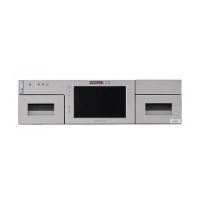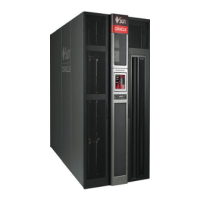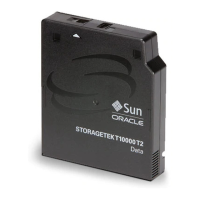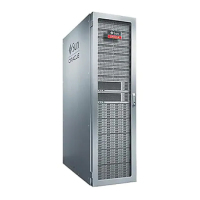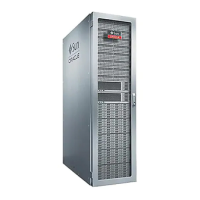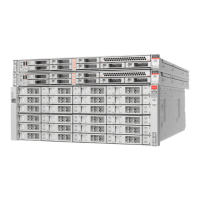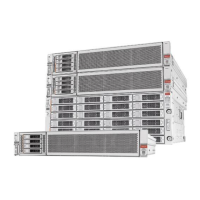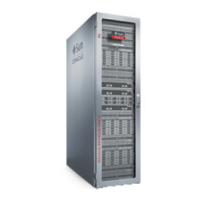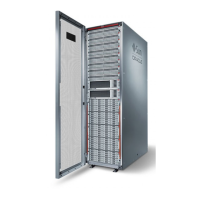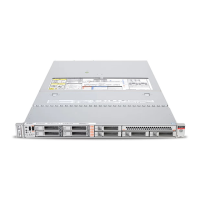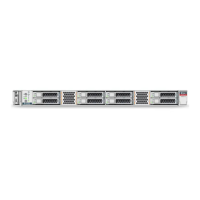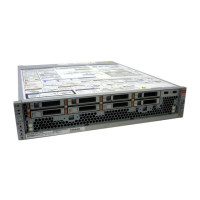Running a Device Self-Test
Troubleshooting 16-3
3.
Click the SelfTest tab.
4. In the Mode list, select the type of self-test:
■ Non-Disruptive - all cartridges used in the test are returned to their original
locations
■ Disruptive - cartridges may be returned to new locations. The library must be
taken offline to all hosts before running this test.
5. Click Run. Test results display when the test completes.
6. For disruptive tests, bring the library online to resume normal operations.
What the library checks during a self-test:
■ Verifies the communication path between the library controller, drives, elevators,
and robots.
■ Performs get and put operations to check the health of the robots, elevators, and
CAPs. This includes get and put operations from a reserved system slot to a
random empty storage slot or CAP slot.
■ Performs a full library audit.
■ Performs mounts and dismounts of diagnostic cartridges for all the drives
installed in the library. The self-test does not begin unless a diagnostic cartridge is
found in the system slots. If the system finds a compatible diagnostic cartridge, the
self-test repeats for each drive type. If the system does not find a diagnostic
cartridge for a drive type, the system skips the mount/dismount operation for the
drive.
Running a Device Self-Test
Use device self-tests to help diagnose issues. A self-test can be performed on a CAP,
robot, or drive.
Running a Self-Test on All CAPs (Bulk CAP Only)
1. In SLC, select the Tools >Diagnostics, and then select the CAP Folder.
2. In the Mode list, select Non-Disruptive (disruptive tests require the library to be
taken offline to all hosts).
3. Click Run.
4. Open and close the CAP doors as indicated. A message appears when the test
finishes.
Running a Self-Test on an Individual Device
1. In SLC, select Tools >Diagnostics.
2. Expand the device folder (CAP, robot, drive, PTP, or elevator) in the device tree.
Select the device.
Note: Running a self-test on a bulk CAP requires human
intervention to open and close the CAP door.
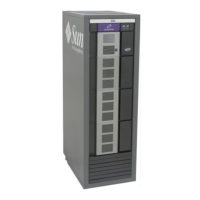
